Power steering is a crucial component in modern automobiles, enhancing the ease with which drivers navigate their vehicles. At the heart of this system is a fluid that often goes unnoticed but plays a pivotal role in ensuring smooth and responsive steering – power steering fluid. In this comprehensive exploration, we delve into the intricacies of power steering fluid, shedding light on its composition, functions, and the critical role it plays in the hydraulic steering rack.
Understanding Power Steering Fluid
Definition and Composition
Power steering fluid is a specialized hydraulic fluid designed to transmit power in the steering system. Unlike regular hydraulic fluids, power steering fluid is optimized to withstand the unique demands of steering mechanisms. It typically consists of a base oil, to which various additives are incorporated to enhance its performance characteristics.
Functions of Power Steering Fluid
The primary function of power steering fluid is to transmit hydraulic pressure throughout the steering system, facilitating smoother and more responsive steering. This fluid serves as the lifeblood of the hydraulic steering rack, ensuring that the necessary force is applied to assist the driver in turning the wheels with minimal effort.
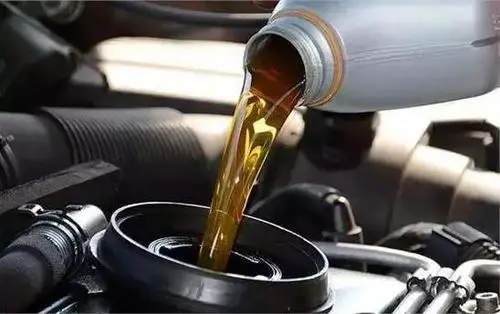
The Steering Rack: A Hydraulic Marvel
Anatomy of the Steering Rack
At the core of power steering lies the steering rack, a critical component responsible for translating the rotational motion of the steering wheel into lateral motion of the wheels. The steering rack operates through a complex interplay of mechanical and hydraulic systems.
Hydraulic Steering Rack Operation
The hydraulic steering rack relies on power steering fluid to transmit force and assist the driver in steering. As the driver turns the steering wheel, a hydraulic pump pressurizes the power steering fluid, sending it to the steering rack. The fluid's pressure exerts force on the rack, aiding in the movement of the wheels.

Key Properties of Power Steering Fluid
Viscosity and Temperature Stability
One of the crucial properties of power steering fluid is its viscosity, or thickness. The fluid needs to maintain an optimal viscosity across a range of temperatures to ensure smooth operation. Special additives are incorporated to prevent the fluid from thinning at high temperatures and thickening in colder conditions.
Compatibility and Corrosion Protection
Power steering systems often contain a mix of materials, including rubber seals, plastic components, and metals. The fluid must be compatible with these materials to prevent degradation over time. Additionally, power steering fluid includes corrosion inhibitors to protect metal components within the system.
Signs of Power Steering Fluid Issues
Leakage and Fluid Loss
One common issue with power steering fluid is leakage, which can occur due to deteriorating seals or damaged components. Low power steering fluid levels can lead to decreased system efficiency and, if left unaddressed, potential damage to the hydraulic steering rack.
Contamination and Impurities
Contaminated power steering fluid can compromise the system's performance. Impurities such as dirt and debris can cause increased wear on components, leading to diminished steering responsiveness. Regular maintenance, including fluid flushes, is essential to prevent such issues.
Power Steering Fluid Maintenance
Regular Inspections
Routine inspections of the power steering fluid level and quality are essential to catch potential issues early. Monitoring for any signs of leakage, such as wet spots under the vehicle, can help identify and address problems promptly.
Fluid Flushes and Replacements
Periodic fluid flushes and replacements are recommended to ensure the power steering system operates optimally. Over time, power steering fluid can break down, leading to diminished performance. Flushing the system removes old fluid and contaminants, replacing it with fresh, high-quality power steering fluid.
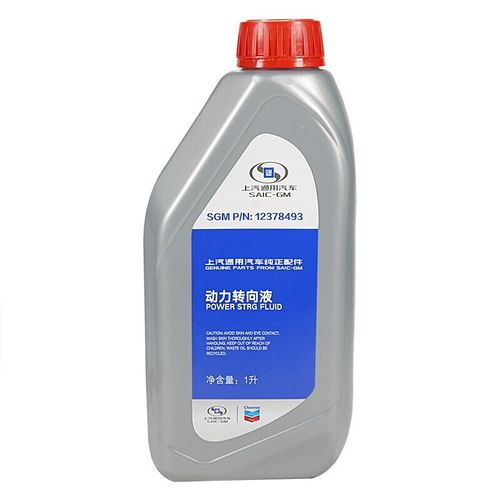
Choosing the Right Power Steering Fluid
Manufacturer Specifications
It is crucial to use power steering fluid that meets the specifications outlined by the vehicle manufacturer. Different vehicles may have unique requirements based on the design of their power steering systems.
Synthetic vs. Conventional Fluids
There are both synthetic and conventional power steering fluids available. While synthetic fluids often offer superior performance in extreme conditions, it's essential to adhere to the manufacturer's recommendations to maintain the integrity of the system.
Conclusion
In the intricate dance of mechanical components and hydraulic systems that make up modern power steering, power steering fluid emerges as a silent hero. Its role in facilitating smooth, responsive steering through the hydraulic steering rack is undeniable. Understanding the composition, functions, and maintenance of power steering fluid is vital for ensuring the longevity and efficiency of a vehicle's steering system. By demystifying power steering fluid, drivers can empower themselves to take proactive measures, preserving the joy of effortless navigation on the open road.
The Previous Articles:
What Is Rack and Pinion Bushing? How To Tell If Rack and Pinion Bushings Are Bad?
Why Steering Rack Makes Noise When Turning?
How To Rebuild A Steering Rack?
What Is A Rotary Valve Power Steering Rack?
Rack And Pinion System Vs Power Steering System: What Are The Differences?
Power Steering Rack Market Analysis Report (Japan Market)
What Causes Steering Rack to Go Bad?
Design Of Car Rack And Pinion Steering Racks
What Is The Intelligent Steering Rack Used By VW, Toyota, Honda And Renault?


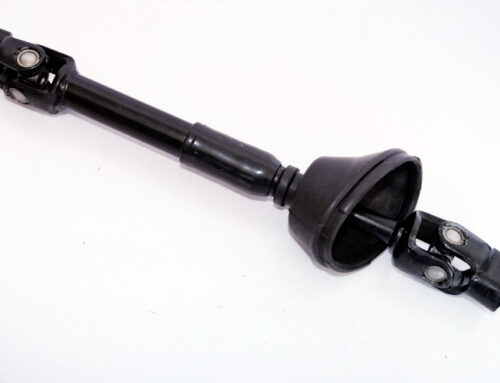
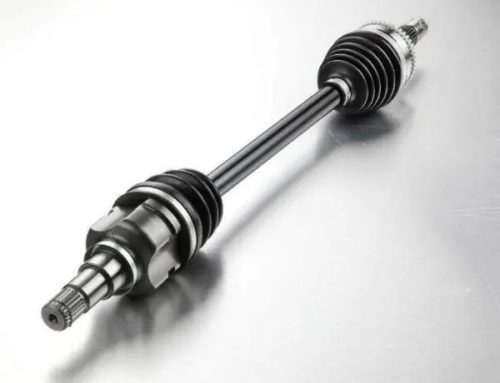
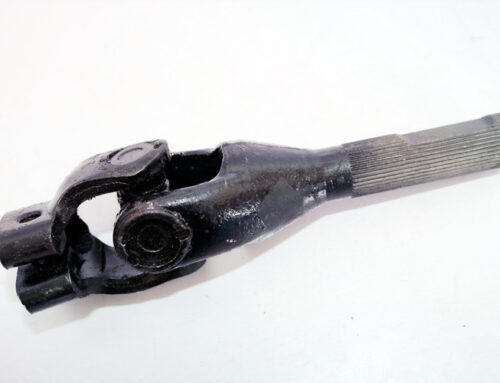

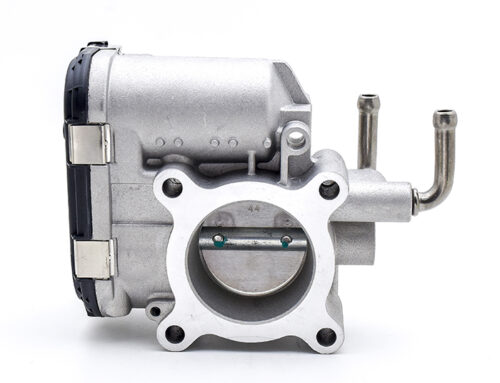
I’ve been browsing online more than three hours today,
yet I never found any interesting article like yours.
It’s pretty worth enough for me. In my opinion, if all
webmasters and bloggers made good content as you did, the net will
be much more useful than ever before.